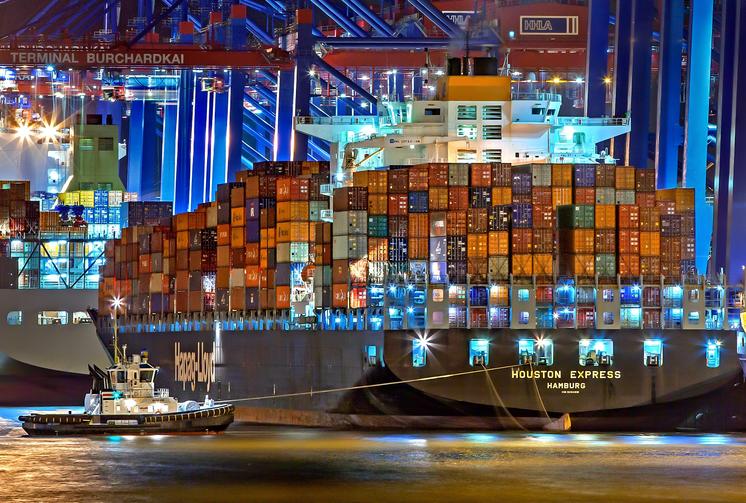Equity Research
Over-Earners and Under-Earners: Thoughts on the demise of the Covid “new normal”

Equity Research


Our newest theme at Mirabaud GTS revolves around the concept of “Over-Earners” and “Under-Earners”. The last two years have been very unusual and several sectors have experienced record – although clearly unsustainable – conditions. This phenomenon led to the Sales and Earnings multiples for many of these companies (PELOTON is an obvious example but the same could be said of META, ROBLOX, NFLX, ZOOM and many more) expanding significantly, as the market decided that this was indeed a “new normal” and that these conditions would persist in perpetuity.
It seems now however, as Covid and its related abnormalities gradually recede into the rear-view mirror, that far from being a “new normal”, this 2-year period was in fact an extreme abnormality, and that typical patterns of going out, doing other things apart from staring at computer screens, shopping, dining, playing sport and travelling abroad will gradually re-assert themselves.
GTS is located in London, where cases have fallen 60% from the peak in 6 weeks and restrictions have been almost completely abandoned, and the change between mid-February and 2 months ago, in terms of behaviour/activity, is striking. What this means for those who have “over-earned” in the last two years is a return to Earth in terms of Sales and earnings, but it is worse than that, since multiple compression becomes a feature. What is the right multiple for these companies? In unprecedented times, clearly it is hard to say but it is probably not 30, 40, 50, 60x Sales. Add in the earnings downgrades and there is an unpleasant so-called “double-whammy” to the downside. Since many of these names are consumer-facing and very popular with the Robin Hood/Reddit trader, this phenomenon of stock market darlings – especially those in TMT - falling to Earth has got much publicity lately.

What has got a lot less publicity is that this “over-earning” is not confined to Technology. There are other industries that have been in “abnormal” or “extreme” conditions in terms of supply, demand and the resultant pricing. One of these is Container Shipping. Shipping rates are, broadly speaking, up 5-fold since the lows of a year ago. This is inflationary, clearly. It adds significant cost to a pair of shoes (approximately $2), or to a table (closer to $20) and eats into the margins of those in the business of selling such products. WAYFAIR, for example, the US importer of various goods from China, has fallen 50% since early 2021. On the other hand, this phenomenon has resulted in a boom in the profitability of the Container Shippers.
After listening to the AP MOLLER MAERSK Conference Call last week, it was interesting to hear the CEO of this, the biggest Container Shipping company in the world, suggest that shipping activity, and by implication, Container Rates, will normalise as of early H2 2022. The main reason for this is people going back to work everywhere, ports included. This will ease the logjam of ships waiting to dock in places like LA.
At the peak, there were 109 ships waiting outside LA. This has come down to 78, so we are heading in the right direction, but in a normal world that figure would be zero. It will take a while longer for the Asian nodes to normalise, notably Hong Kong, where the authorities are being told to Increase restrictions, in contrast to what is happening everywhere else in the world. That said, the direction of travel globally is clear. Less WFH, more WFO, less congestion, an easing of supply/demand imbalances and consequently what will likely turn into quite a sudden downturn in global Container Shipping rates. The Container Shipping companies are mainly trading on 2022 P/E multiples of anywhere from 3-8x. But we do need to remember that if rates go down 80%, 3-8x earnings rapidly becomes 15-40x.
It is also worth mentioning that orders equivalent to 26% of the existing global fleet have been placed in the last 2 years, and will come on stream gradually but definitely before the end of 2024. So, as is often the way in Shipping, the new supply appears at precisely the wrong time, as rates are falling. This situation has already played out in Bulk Carriers, which is a different market with different dynamics, but our suspicion is that the Container Shippers will follow suit. Many of the relevant stocks, just like the WFH/TMT names mentioned earlier, have done extremely well, albeit with less fanfare as Container Shipping is obviously less exciting than Peloton. We expect that the rest of 2022 will be a difficult one for most of these stocks, many of which are listed in Asia. To end on a brighter note, the reduction in Container Shipping rates will be a disinflationary force and will also provide much relief for those who are currently having their margins squeezed by the Transport industry generally.
Por favor no dude en comunicarse con su persona de confianza en Mirabaud o contáctenos aquí si este tema es de su interés. Junto a nuestros dedicados especialistas estaremos encantados de evaluar sus necesidades personales y discutir posibles soluciones de inversión adaptadas a su situación.
Continuar con
Equity Research
Equity Research